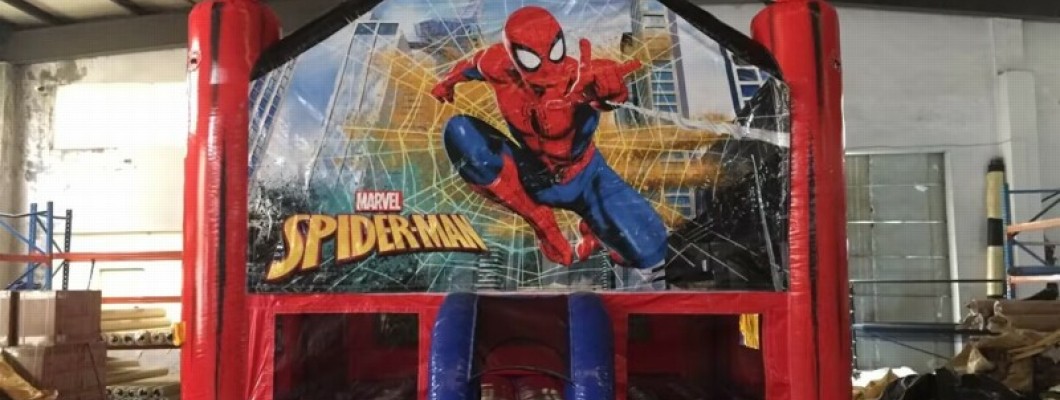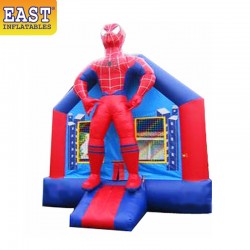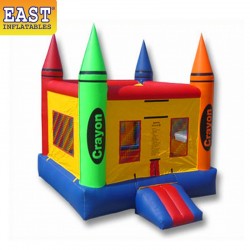
Inflatable blowers are primarily designed to inflate bounce houses, slides, and other inflatable structures by providing a continuous stream of air. However, once an event or session is over, deflating the inflatable quickly can be just as important. In this article, we will explore whether inflatable blowers can be used to deflate inflatables and what methods are most effective for quick deflation.
Can Inflatable Blowers Help with Deflation?
Inflatable blowers are generally designed to blow air into an inflatable, not to pull it out. However, some blowers come with a reverse airflow function that allows them to assist with deflation. This feature can be particularly useful for larger inflatables where manually pressing out the air may take a lot of time and effort.
If your blower does not have a reverse function, it won't be able to actively assist in deflating the inflatable. In such cases, the blower can still aid the process passively by simply being turned off. Here’s how:
- Turn off the blower: Once the blower is switched off, the air will start escaping from the inflatable through the blower outlet. This will begin the deflation process naturally, though it may take some time depending on the size of the inflatable and the size of the air outlet.
- Open deflation ports: Many inflatables come with additional deflation ports or zippers that allow air to escape more quickly. Opening these can significantly speed up the process.
Tips for Quickly Deflating an Inflatable
For faster and more efficient deflation, follow these steps:
- Use deflation zippers or valves: Most commercial inflatables are equipped with large deflation zippers or valves that allow the air to escape rapidly. Ensure these are fully opened to release as much air as possible.
- Manual compression: After opening the deflation ports, manually compressing the inflatable by rolling or folding it can help push the remaining air out. Start from the far end of the inflatable and work towards the blower outlet to maximize air release.
- Consider a reverse air blower: If quick deflation is a priority, consider investing in a blower with a reverse air function. These blowers can actively pull air out of the inflatable, reducing deflation time.
- Work in sections: For larger inflatables, it may be more efficient to deflate and roll up sections one at a time. This approach allows you to handle the inflatable more easily and ensures that all air is expelled.
Using a Reverse Function Blower
If you have a blower with a reverse function, here’s how you can use it to deflate an inflatable quickly:
- Switch the blower to reverse mode: Most reverse function blowers have a switch or setting that reverses the direction of airflow, turning the blower into a vacuum. This function actively pulls air out of the inflatable.
- Position the blower correctly: Ensure the blower is securely attached to the air intake or valve of the inflatable so that it can efficiently pull air out. In some cases, you may need a special adapter to connect the blower to the deflation valve.
- Monitor the deflation process: Keep an eye on the inflatable as it deflates. Once the majority of the air is out, you can turn off the blower and complete the process by manually rolling or folding the inflatable.
Conclusion
While most inflatable blowers are not designed to actively deflate inflatables, some come equipped with a reverse airflow function that can help pull air out quickly. If your blower lacks this feature, you can still deflate inflatables efficiently by turning off the blower, opening deflation zippers, and manually compressing the structure. For faster results, consider using a reverse function blower or employing manual techniques such as rolling the inflatable from one end to the other. Proper deflation techniques will help you save time and ensure your inflatables are safely packed away for future use.



Leave a Comment